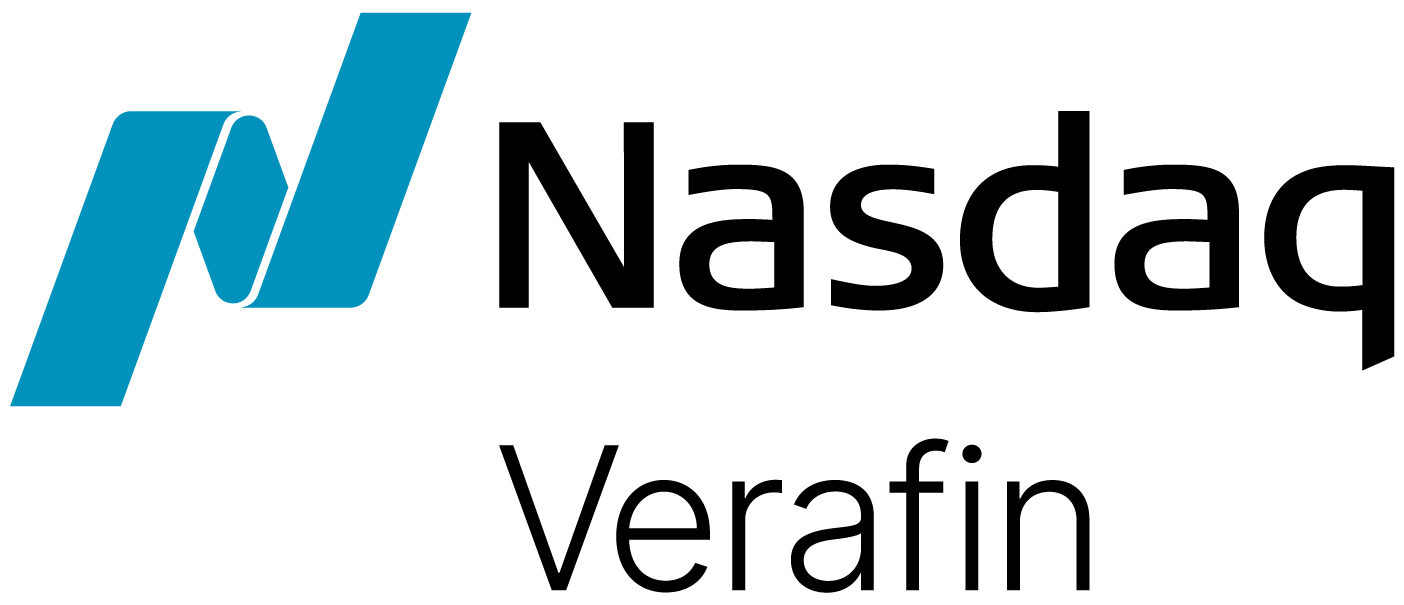Terrorist financing contributes an estimated $11.5 billion to the world’s $3.1 trillion financial crime problem, threatening the safety of innocent civilians both domestically and abroad. As a predicate crime to money laundering, terror financing is also identified in FinCEN’s report, Anti-Money Laundering and Countering the Financing of Terrorism National Priorities, meaning that institutions must endeavor to design effective and risk-based AML/CFT programs for its detection. As terrorist financing evolves and becomes more difficult to detect, financial institutions face increasing exposure — not only to regulatory scrutiny but to reputational and operational risk.
How Terrorist Organizations Move Money
Financing is the lifeblood of terrorism, enabling arms trafficking, foreign and domestic terrorism, and domestic violent extremism. Funds are used to recruit, train, pay and mobilize members; promote radical ideologies; procure weapons and execute attacks that threaten peace and safety globally. Terror groups abuse the financial system to fund these criminal activities, employing tactics such as funnel accounts and money mules to obfuscate the source of funds and evade detection. From lone extremists to massive networks, terrorists use a variety of means to gather and move funds, and are increasingly exploiting charities, non-profit organizations (NPOs) and crowdfunding.
Terrorist Financing Risk & NPOs
Terrorist financing typologies are rapidly evolving — and financial institutions must keep pace. Notably, typologies involving the charitable sector have shifted from abuse of legitimate charities to the creation of sham NPOs and fraudulent appeals for donations. Numerous terror groups have also begun to use crowdfunding and online fundraising to solicit funds from both witting and unwitting donors by exploiting the anonymity, speed and global reach of this method. As a result, FinCEN’s 2023 and 2024 terror financing advisories outline several red flag indicators for the potential exploitation of NPOs and crowdfunding sites, highlighting customers that:
- Are or purport to be a charitable organization or NPO soliciting donations but do not appear to provide any charitable services, or openly supports terrorist activity or operations.
- Make money transfers to a jurisdiction known for, or at high risk for, terrorist activities that are inconsistent with their stated occupation or business purpose with vaguely-stated purposes such as “travel expenses, charity, aid or gifts.”
- Receive large payouts from social media fundraisers or crowdfunding platforms which are then accessed from an IP address in a jurisdiction known for, or at high risk for, terrorist activity, particularly if the social media accounts that contribute to the fundraisers contain content supportive of terrorist campaigns.
- Are a charitable organization or NPO and receive large donations from an unknown source over a short period of time and then send significant wire transfers or checks to other charitable organizations or NPOs.
- Conduct transactions with known or suspected virtual currency addresses tied to terrorism or terrorist financing donation campaigns.
Protecting Legitimate Charities
Legitimate NPOs are pillars of society, providing aid to our most vulnerable populations. Genuine NPOs face little to no risk of being exploited by terror groups, with the adoption of proper due diligence measures decreasing this risk even further. Like NPOs, most crowdfunding activity is also legitimate — a fact that can unfortunately hinder investigations into this typology. Financial institutions are in a unique position to protect the integrity and reputation of NPOs and crowdfunding sites by detecting and disrupting exploitative terror financing schemes — but a targeted approach is critical.
Targeted Detection of Terrorist Financing
By analyzing a range of behavioral, transactional, third-party and consortium insights, financial institutions can pinpoint potential terrorist activity quickly and effectively. A targeted solution can alert investigators to specific red flag indicators — such as risky NPO activity and anonymous donations — while powerful consortium insights can reduce false positives, allowing investigators to focus their expertise on developing high-value cases to bring to law enforcement.
By embracing targeted and innovative AML/CFT solutions, financial institutions can remain on the frontlines of the fight against terrorism, protecting not only the integrity of the financial system, but the safety and security of our global population.
To learn more about detecting terrorist financing and other predicate crimes to money laundering, download our Targeted Typologies feature sheet.


